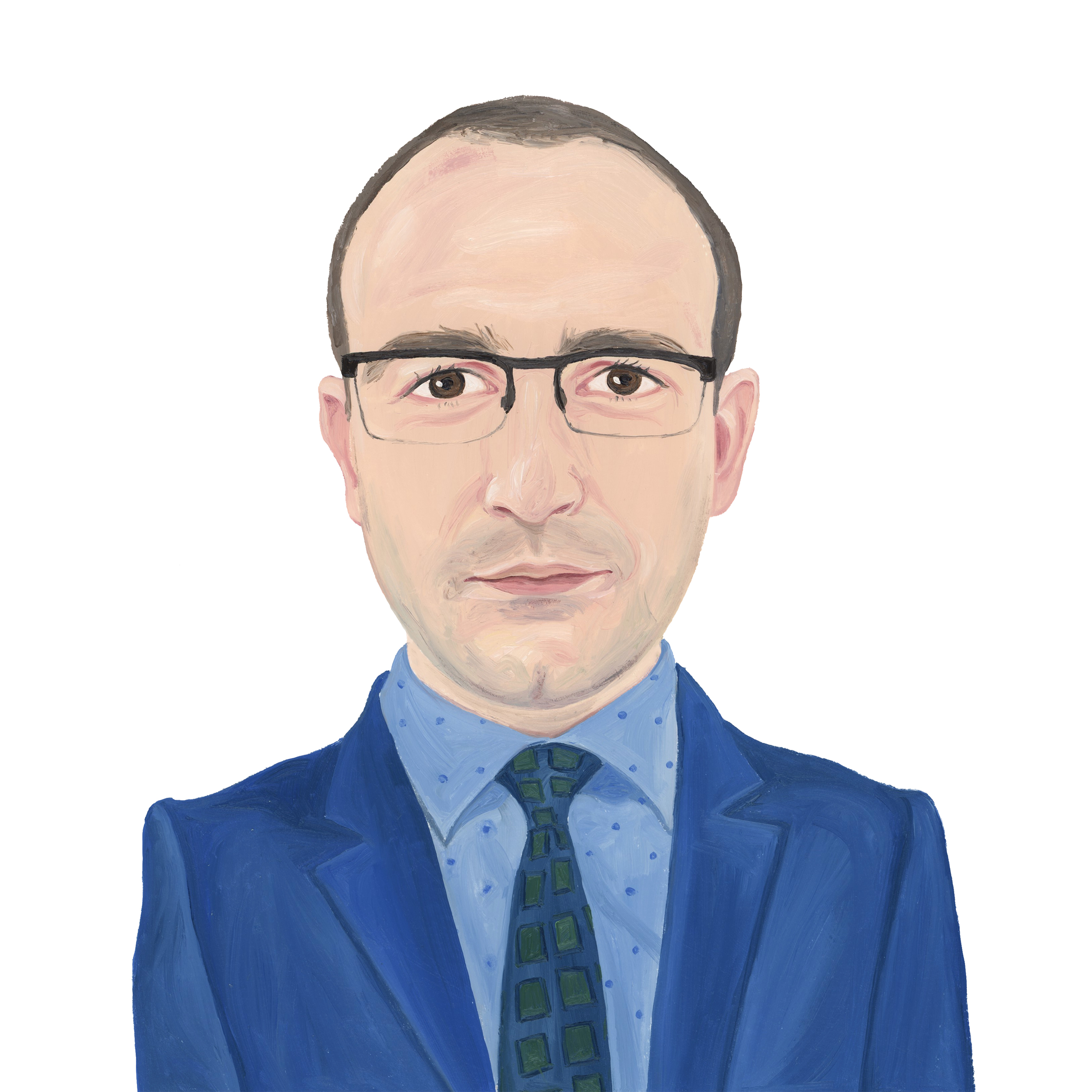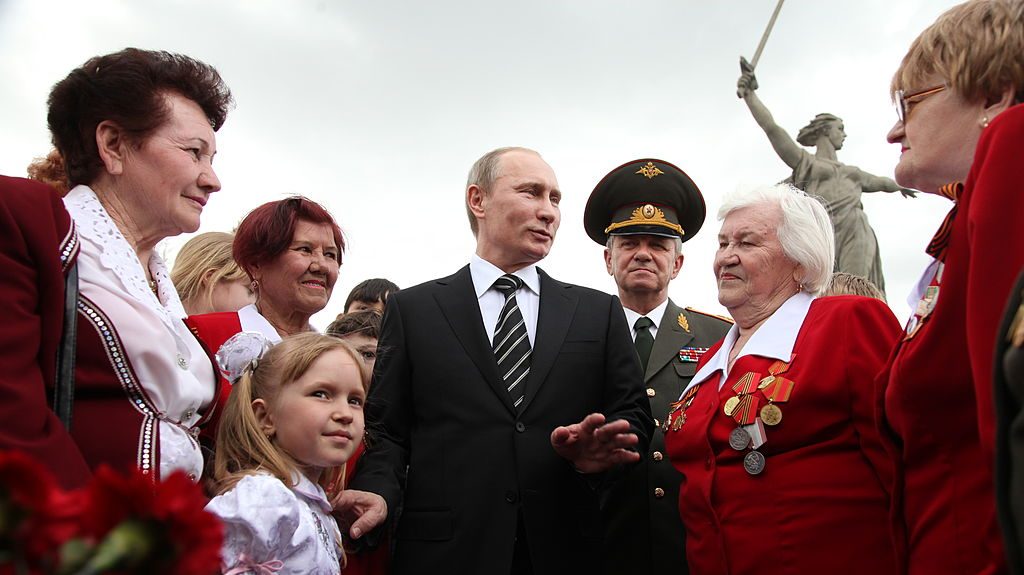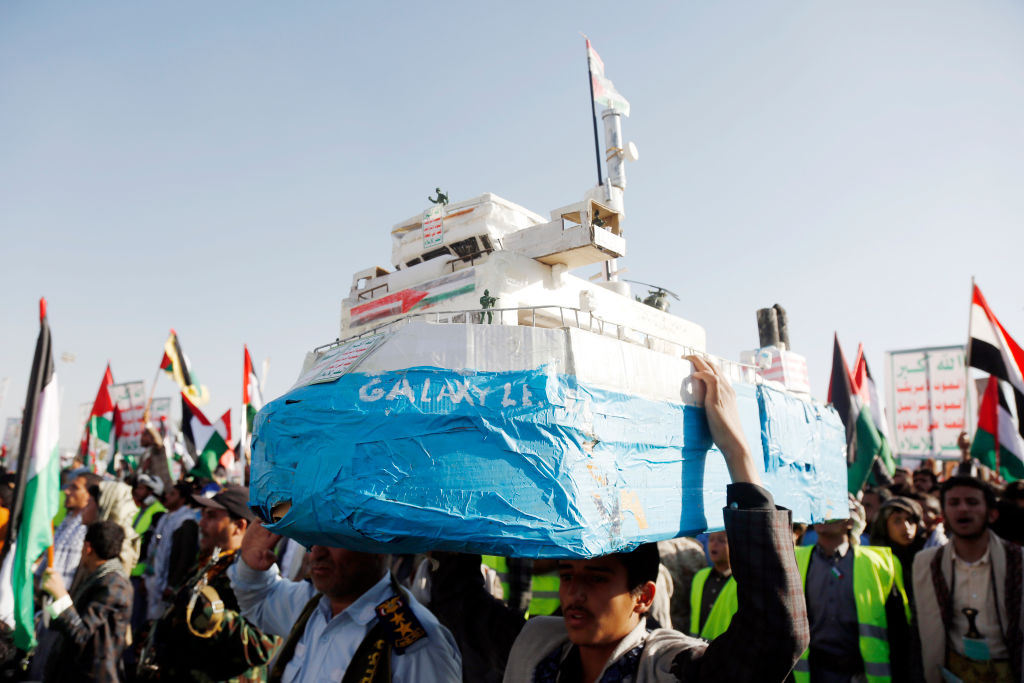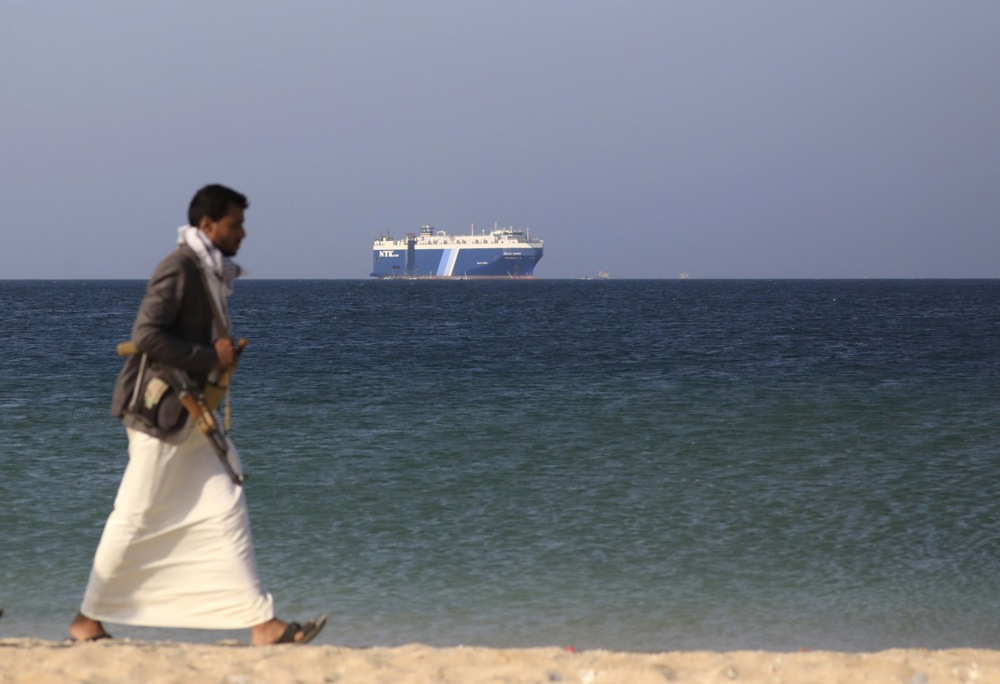It is no coincidence that Claire Underwood, the lethal power-woman in House of Cards, starts the US TV show as the CEO of Clean Water Initiative, a global development charity.
What better backdrop for introducing a glamorous, ultra-ambitious and self-centred social climber playing at high-politics – all the way up to the White House – than the narcissistic, hypocritical and super-rich world of the top-level international foreign aid industry.
“Fundraising” for African causes at glamorous champagne-filled parties among celebs and other self-righteous do-gooders from the global liberal elite circuit fits perfectly with the stereotypically disingenuous, cold-hearted Davosian political predator that Claire embodies – and with much of what “foreign aid” has devolved into.
There is nothing wrong with the notion of foreign aid per se, particularly when it comes to humanitarian aid.
On the contrary: helping those in need, including foreigners, is a fundamental Christian value and forms one of the nobler traditions of Western Christendom throughout the ages – as well as being one of the many points of difference with the less generous civilisations and so-called “cultures” beyond Europe that we are now being asked to “celebrate”.
The problem is that foreign aid – or ODA in technical terms, for Overseas Development Assistance – has become corrupted and perverted to a significant extent by the vast bureaucracies and special interests that have grown around it over time.
In this, it has only followed the descent into farce and degenerate mimicry seen with other aspects of the post-1945 international UN system, such as human rights law (now used to enable the invasion of the first world by benefits-seekers from the third) or WTO trade rules (long used by China and others to fleece the West).
But the particularly outrageous scandal that is foreign aid in our times has a further explanation, beyond the usual moral corruption of the globalist classes: money – and lots of it.
According to OECD’s most recent complete set of figures, in 2022 official foreign aid spending amounted to over $200bn worldwide.
Together with the private sector flows provided by the major philanthropic organisations from the Bill & Melinda Gates to the Open Society Foundations (estimated at around $11bn per year, althogether), plus other forms of aid finance, the grand total spent on foreign aid in 2022 reaches over $500bn.
These vast official ODA sums – let alone those coming from the private foundations – cannot be disbursed and turned into the myriad of different projects in dozens of countries across the globe, every year, without the help of a growing network of charities. There simply isn’t enough national government and UN capacity to handle all this, even with the bloated bureaucracies that have grown within the various aid agencies and ministries around the world and in the UN system.
This is why about 15 per cent of the annual global official foreign aid spending – a healthy $30bn in 2022, approximately – goes “to and through” so-called CSOs (Civil Society Organisations), i.e. NGOs, who help with delivery and implementation (or “channelling”) of programmes, or run their own.
The extra hundreds of billions from the private sector require their own set of delivery partners. Considering the amount of money involved, no wonder that the globe-spanning foreign aid industry of thousands of NGOs has taken root, backed by strong lobbies, and with a powerful interest in perpetuating itself and expanding ODA budgets across the world.
Leaving aside the work of private foundations, official foreign aid has always made sense not just as charity but also as a self-interested tool of foreign policy.
Former imperial powers like France and Britain have targeted aid money at their former colonies, in a bid to maintain their influence in those areas. Others, like Germany or indeed the United States, have embraced ODA as a way to, frankly, win friends in strategic locations and open markets for their commerce.
In other words, the “old” way of thinking about these things was the realist one, where the “aid” was used to grease local wheels and buy influence. In conjunction with military, diplomatic and other forms of assistance or cooperation, it made for a potent “soft power” instrument.
This helps explain why India, which runs one of the world’s top space programmes, received some $4.4bn in ODA in 2021, mostly from Japan – an obviously-geopolitical choice.
Unfortunately, most of European aid money goes on ideological projects, for the sake of “doing good”, without a clear strategic purpose.
In fact, it is striking that countries that benefit strongly from Western ODA, act against our interests by favouring our adversaries either at the UN or on the ground by opening their doors to the latters’ companies and influence.
For example South Africa (in receipt of $1.6bn gross ODA in 2021), Ethiopia ($4bn), Uganda ($2.6bn), Vietnam ($2.3bn), or Zimbabwe ($1bn), were all among the 35 countries that abstained – together with China and India – from the UNGA resolution ES-11/4 from October 2022 that demanded that Russia “immediately, completely and unconditionally withdraw” from Ukraine.
Many of the “Global South” recipients of Western ODA largesse, like Ghana, are also at the forefront of calls for “reparations” over colonial-era slavery, as well as restitution of artefacts from Western museums that are now deemed to have been “stolen” by European colonial authorities in times past.
Yet Ghana got over $1.5bn in Western ODA in 2021, and is also busy serving as a conduit for Russian oil and Chinese influence.
At a time of Western plenty and global dominance – certainly during America’s “unipolar moment” – a reasonable case could be made for directing significant funds into solving developmental problems in poor countires, on strategic grounds, not least in order to create new markets for Western products.
In the wake of the Cold War there was also a sense of a gap to be filled in those third-world countries where the USSR’s influence had collapsed.
But the world has moved on, and there is little return on our investment from these foreign aid programmes. As the West’s strategic position deteriorates in the face of Chinese and Russian inroads across Africa, Asia and Latin America, our policy-makers are starting to discover that continued aid spending and soft-power activities bring diminishing returns once our hard power starts to decline.
Most importantly, it is – or should be – hard for Europe in particular to justify spending tens of billions on ODA in far-flung countries when the flames of war have reached our doorstep and when our entire strategic situation has become so precarious.
EU countries alone spent about $100bn in 2022 on official ODA; while some of this money was re-directed towards supporting Ukrainian refugees in Europe, and towards humanitarian support in Ukraine itself, this only constitutes a fraction.
Germany, for instance, spent no less than $35bn on ODA in 2022 – the UK, $15.7bn, France $15.9bn – and in March 2023 the German government published its new “Feminist development policy” which of course complements its feminist foreign policy.
This only codifies what Germany has been, in effect, doing for years through its major ODA funding of gender equality – a fully $11.2bn dedicated to this mission, in bilateral funding in 2020-2021.
The target-country priorities of Berlin’s massive aid budget are also somewhat disquieting, with India topping the list of the largest recipients of German ODA ($1.3bn) in 2021, followed by Xi’s China ($779m) and Assad’s Syria ($670m).
We may compare these numbers – the $100bn EU total spend on ODA in 2022 or Germany’s $35bn share of that – with the European military aid to Ukraine over almost two years (to October 2023), as indexed by the Kiel Institute for the World Economy. The German academics record a total of €5.6bn (or some $6bn) in EU Institutions support for military purchases for Ukraine, separately from around $18bn from Germany (including the value of transferred equipment), $6.6bn from the UK and so on.
It is striking to observe, therefore, how much of the yearly average support for Ukraine could be covered from the entirely discretionary ODA budget, either on a country-by country basis or if considered across the EU as a whole.
In a sense, the fact that the West can throw this much aid money away on “doing good” around the world – even when its reward is often only more colonial guilting by “grateful” recipients of our donations – is a powerful reminder of how rich we still are.
If ever Western countries elect more hardnosed and national-interest-minded governments, there is plenty of waste like ODA to be eliminated from their budgets, that can be redirected towards more urgent pursuits such as bolstering their defences and economies or supporting true allies in need.
But the foreign aid lobby is extremely difficult to dislodge in either of Europe’s leading nations, where ODA is part of the elite’s moral DNA and (mistaken) view of the world.
Certainly, a measure of humanitarian assistance given to those in great need, overseas, will always be a legitimate aim of policy. But splurging tens of billions on dubious projects and the upkeep of a wealthy foreign aid industry at a time of emergency on the home front is as foolish as it is futile.
These development funds rarely bring lasting benefit to anyone – let alone to the European taxpayer, whose interests and security should rank first in the concerns of any government.
Gabriel Elefteriu is deputy director at the Council on Geostrategy in London and a fellow at the Yorktown Institute in Washington, D.C.






Is Europe ready to defend itself without the US? Not yet, but now it knows it has to, and it’s on the right track – just about